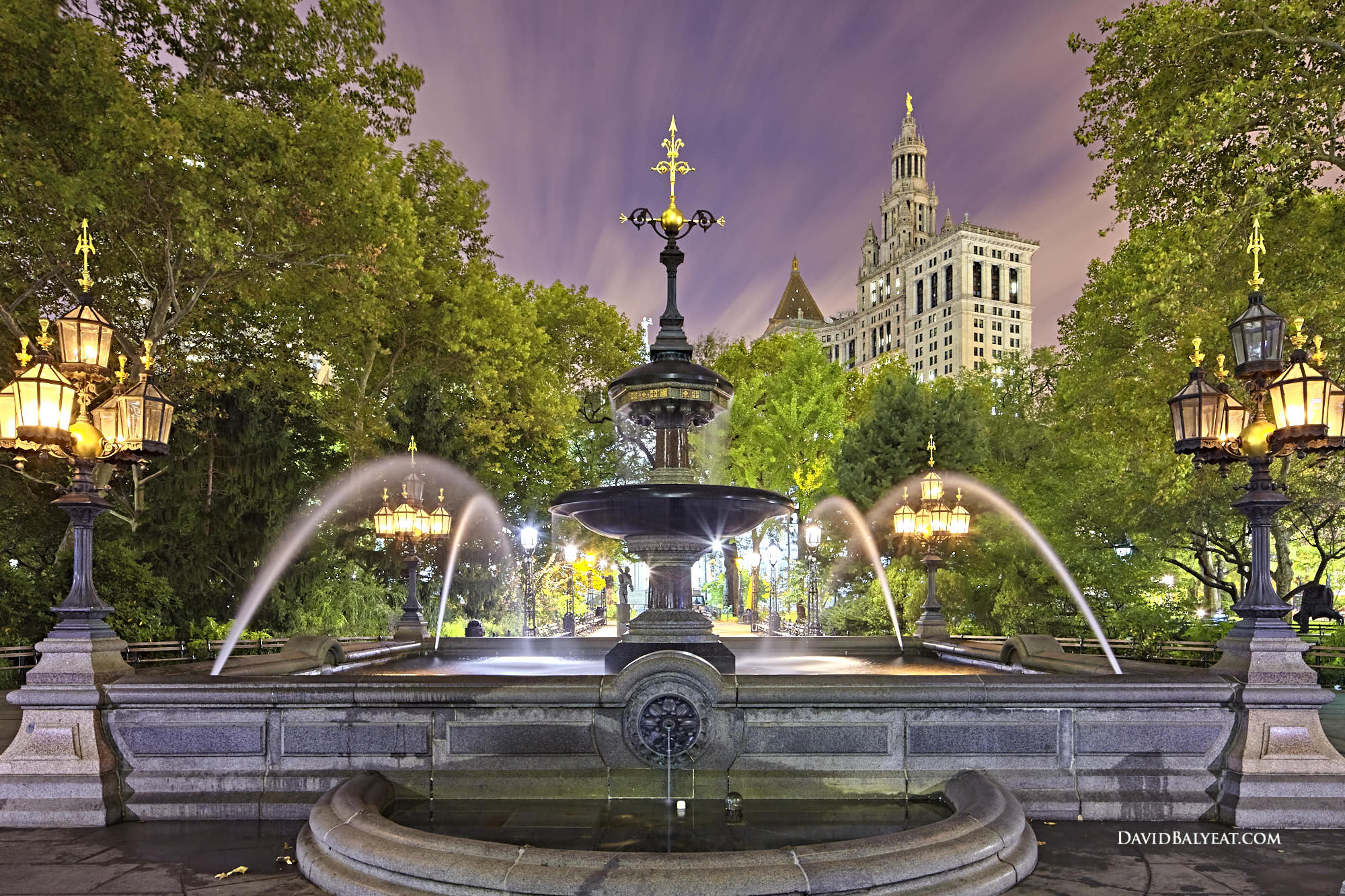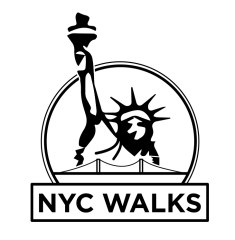Evolution of City Hall Park – Part I

Just over two hundred years ago, there was a series of marshes in the areas that are now called City Hall Park and Foley Square. Foley Square was the site of a big pond that the early settlers called “The Collect” or “Collect Pond. In fact, the area was so low lying that during the spring floods, the Indians could paddle from the East River to the Hudson River through the Collect Pond.
For hundreds of y ears, the area had been the site of an Indian village. It was located just north of today’s City Hall Park between today’s Chambers and Reade Streets, Broadway and Centre Streets. The village moved with the seasons. The Indians were part of the Leni Lenape, Algonquin, or Delaware people. The population on the site may have been between 5,000 and 10,000. The total Leni Lenape population of Manhattan Island may have been as high as 30,000 and the New York metropolitan area may have been 65,000. Diseases reduced the native population of the area to 200 by the year 1700.
The village was know as “Werpoes” or “Hare” in the language of the Algonquin Indians. They were semi-nomadic. They village would move each planting season as the Indians burned the woods to gain new land to farm and let old land recover. They Leni Lenape planted the “Three Sisters”—squash, corn, and beans. They would also go to Washington Heights and Inwood neighborhoods of Manhattan to hunt deer and other animals. The Dutch described the game was so abundant that all you had to was simply go to the water and grab a fish.
In the Dutch period, the area was set aside as a Commons where anyone could graze a cow, a sheep, or cow for free. It also became the ceremonial area for parades, celebrations, executions, and public gatherings. Just before the end of the Dutch period, Jan de Wit and Denys Hartogveldt built a windmill just south of present-day City Hall to grind wheat. It was the first structure on what would become City Hall Park.
In the British period, the area had been center of the Indian village became the African Burial Ground. The blacks, slave and free, segregated in life, were segregated in death and were not permitted to be buried in the churchyards. By the end of the eighteenth century, the area was forgotten as residential development moved northward. An estimated 15,000 to 20,000 Africans and African-American were buried Park between today’s Chambers and Reade Streets, Broadway and Centre Streets.
In the area where the Tweed Courthouse is how located, an almshouse to house the poor, and a debtors prison know as the New Gaol, and a barracks were built between 1736 and 1760. Once upon a time, students from nearby King’s College (now Columbia University) on College Street (now Park Place) used to picnic and gambol. The college founded in 1752, moved uptown to what is now midtown in 1854. At the corner of Broadway and Vesey Street, southwest of the park, St. Paul’s Chapel, was built in 1765, for the poor suburbanites who could not walk the four blocks to Trinity Church. It is the third oldest structure of European presence on Manhattan Island, holds the record for continuous church services on the same spot. This is where George Washington attended religious services after taking the presidential oath of office in 1789.
Then the American Revolution made some changes. In 1766, a group of New Yorkers known as the Sons of Liberty erected a Liberty Pole outside the Soldiers’ Barracks. In 1921, a replica of the pole was erected near the original location. In 1776, Alexander Hamilton organized what would become the oldest unit of the American Army. On July 9, 1776 George Washington had the Declaration of Independence read to inspire the troops. Unfortunately, the British won control of Manhattan Island. Hundreds of American prisoners died in the New Gaol because the British officer in charge embezzled the money set aside to feed them. Also many were executed. In 1830, the New Gaol was converted into the City Hall of Records. It was torn down and replaced by the Surrogate Court House in 1904 on the northwest corner of Chambers and Centre Streets. At the time, it had been the oldest municipal building in Greater New York.
NYC Blog 18 Evolution of City Hall Park – Part I © 2018 by Dr. Philip Ernest Schoenberg
